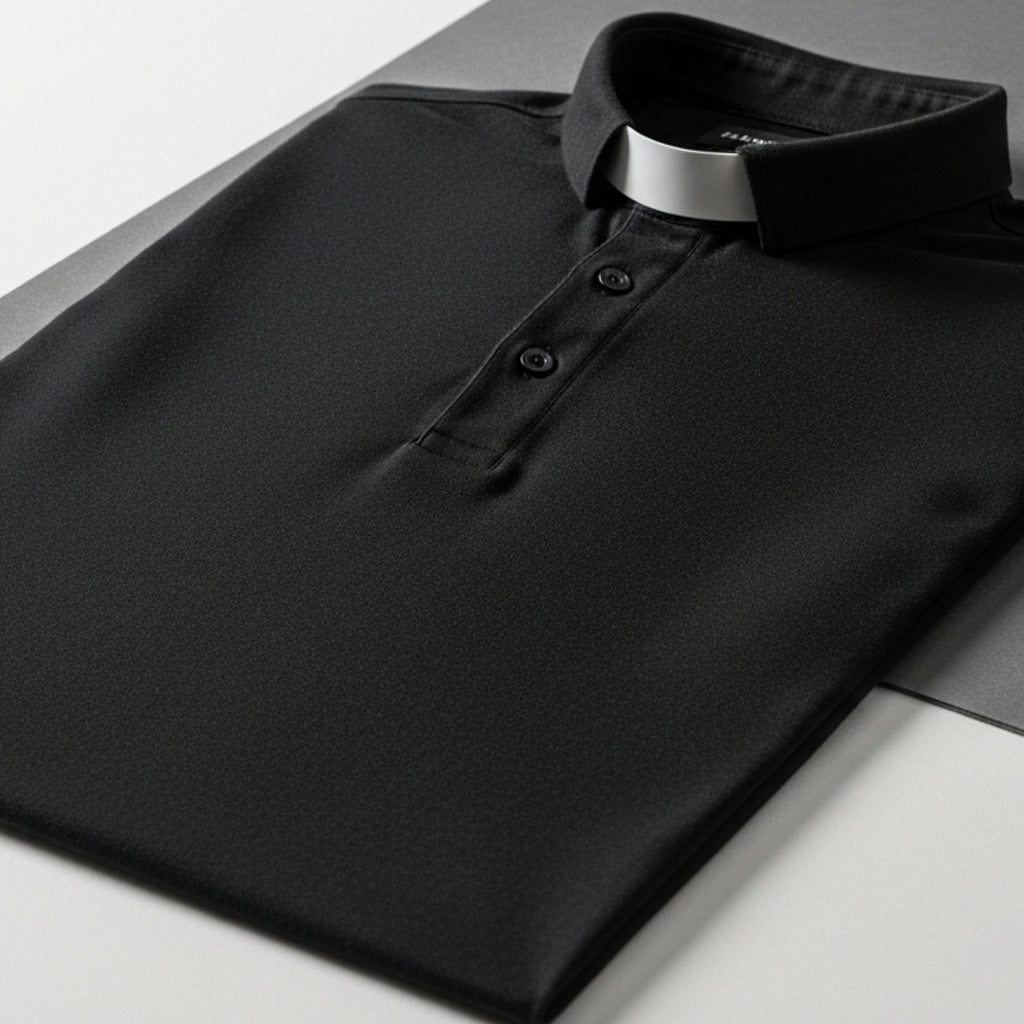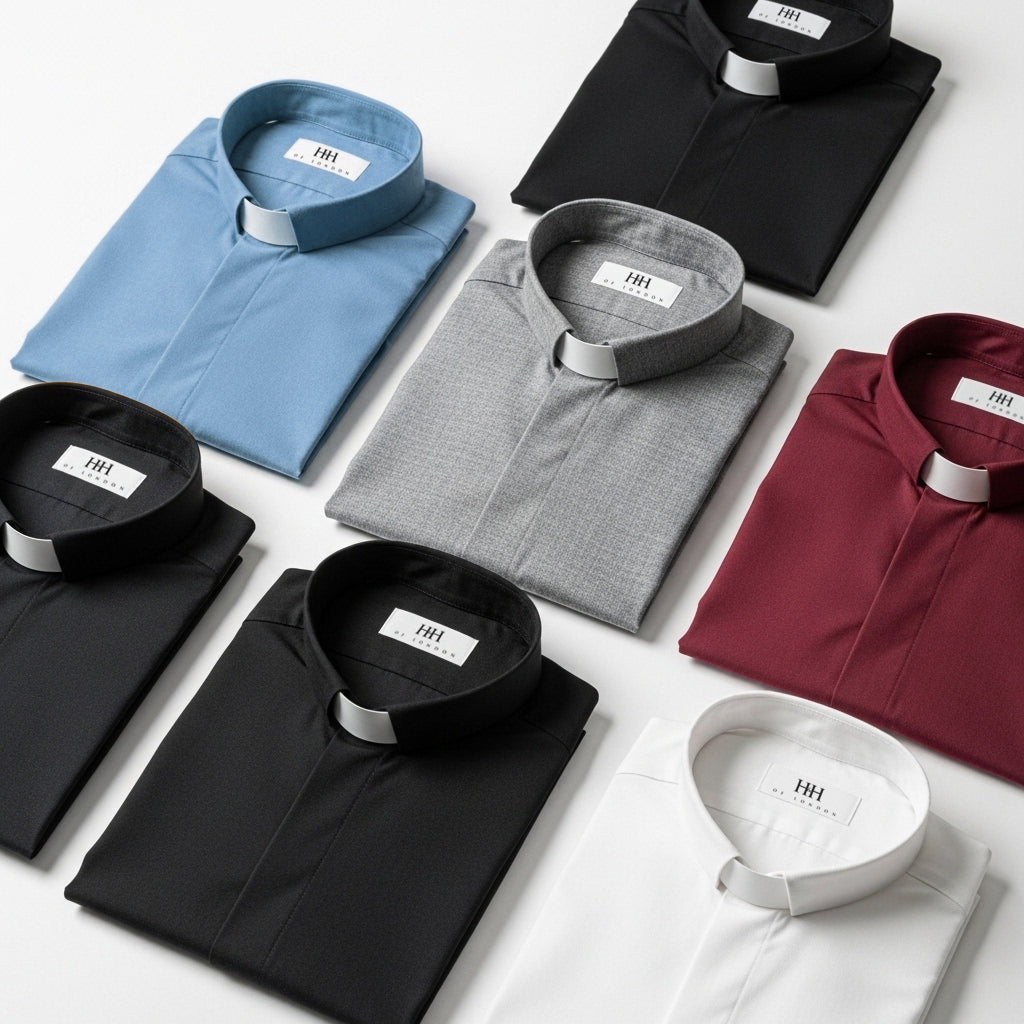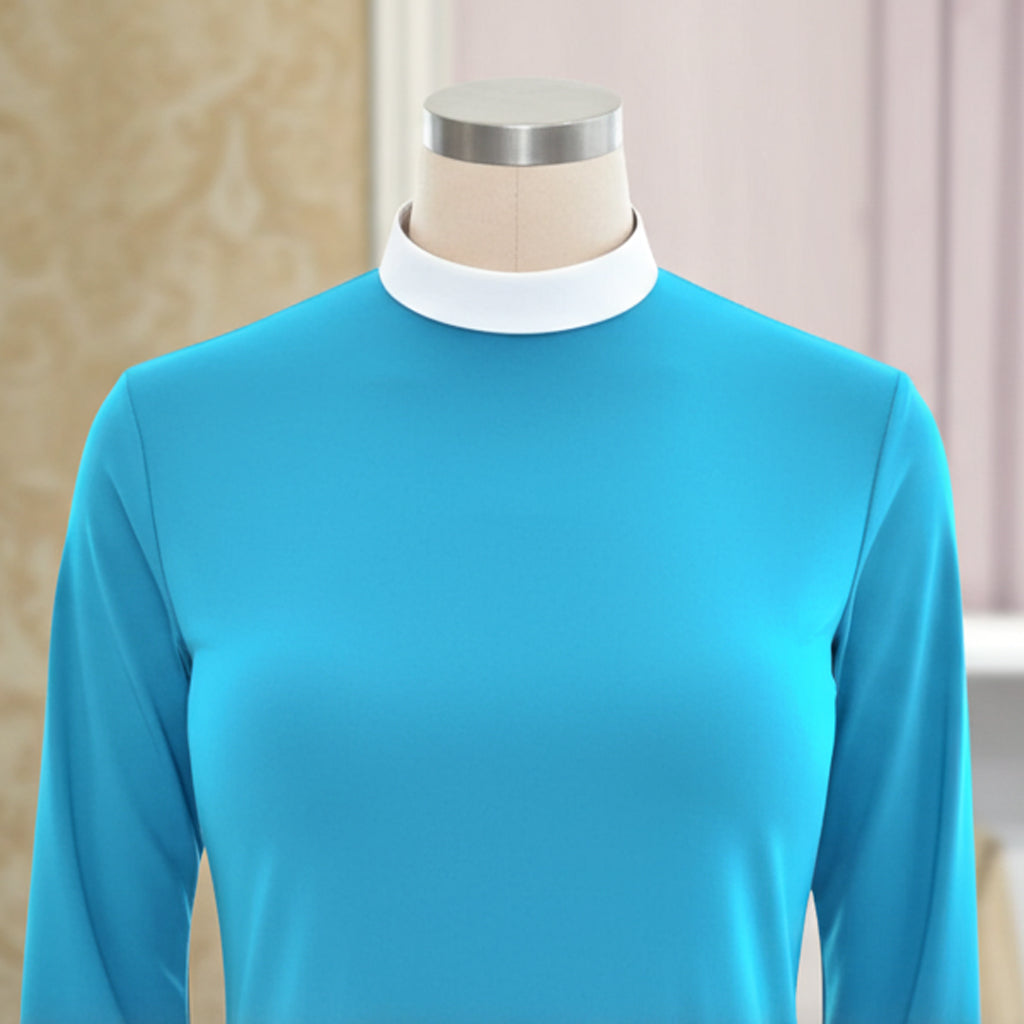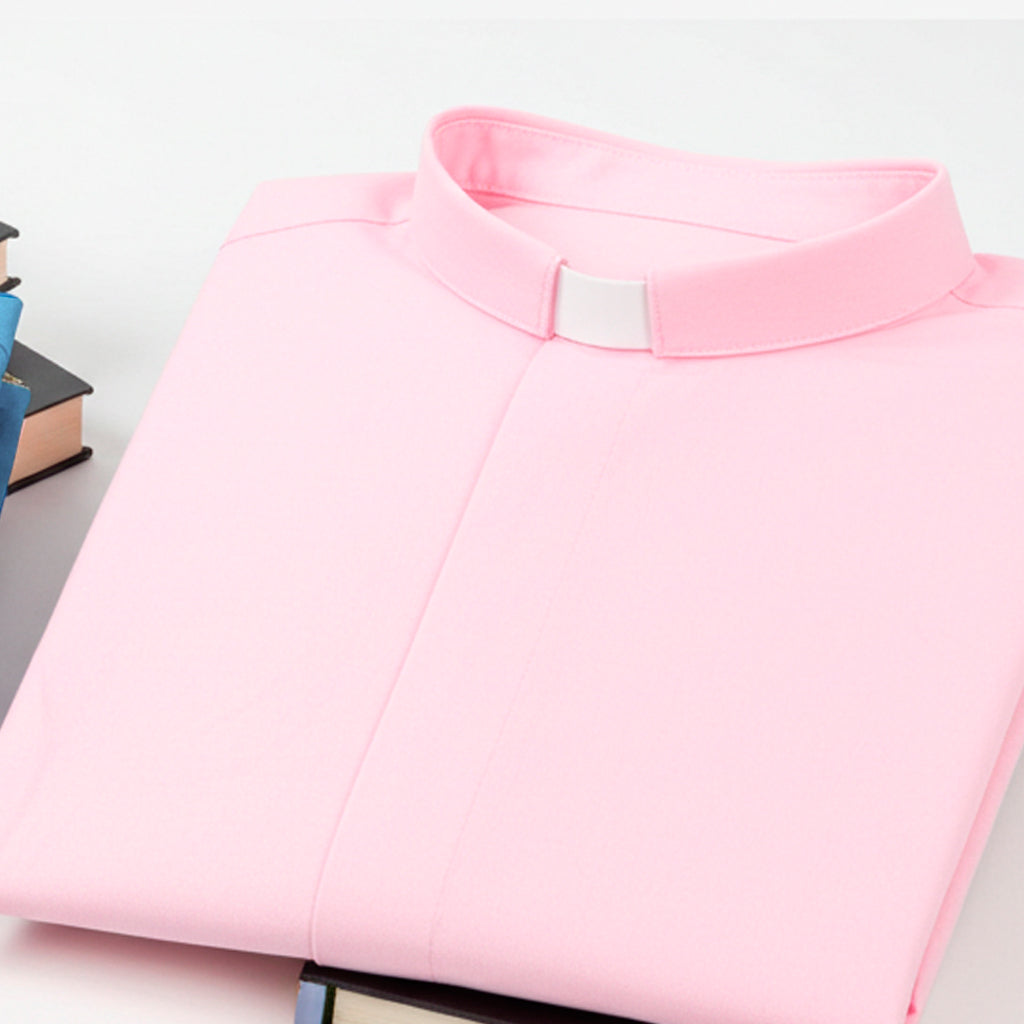Baptism in the modern day
Once upon a time in Cononley
I was only seven weeks old when I was baptised at the Back Lane Methodist Church in Cononley.
It was 1942 and my father was working on the submarines at Vicker’s Shipyard at Barrow in Furness.
My mother wished to join him there but the rest of the family insisted that they saw me baptised first.
Had they thought that I may not survive the war and that my baptism would give me the key to heaven?
Either way, I never really quizzed my parents about the ceremony, nor asked them about who my godparents had been that day.
Instead I found out their identity quite by accident some thirty years later in a restaurant in Haworth.
I had given my name when I had booked the table earlier in the day. When the waitress served the coffee she asked if I was ‘the Priestly Brook from Cononley and was my father Kenneth Brook’.
I'm not sure there would have been many other Priestly Brooks to confuse me with but never the less she continued, “Well I’m Dorothy Todd and I'm your godmother”.
She brought three glasses and we celebrated the occasion three decades later. Dorothy had been a close friend of my parents when younger, but as often happens, she and my parents had gone their separate ways.
I also learnt that day that I had two further godparents, a couple who continued to be friends of my parents - Ronnie and Gladys Whittaker.
Incredibly my Dad had only met Mr. Whittaker a few months prior to the baptism, when they had travelled together to sign on for their first day in the shipyard.
How times change
The baptismal ceremony has seen many big changes since my own baptism in 1942.
Back then there was rarely more than a dozen relatives in attendance and it was typical that the close family and godparents only were permitted to gather around the font.
Today, the parents, who are often unmarried, will invite up to one hundred friends and extended family. Most of whom, including the parents, will not attend church regularly.
As for the age of the child who is being baptised, this can now vary hugely and some parents wait until the child is old enough to decide for themselves. Many others, meanwhile, do not.
That leads me onto the story of a couple who had a nine year old daughter who they wished to be baptised.
At the service she would, under no circumstances, come out to the font to receive the cross on her forehead.
To save any further embarrassment to the family I went to her in the front pew, placed the cross on her bowed forehead and baptised her with difficulty, again in her pew.
She had a little sister aged seven who was actively watching this performance with glee and so when it came to the lighting and giving of the candle, I intentionally gave it to the younger child.
The baptised daughter snatched it out of her hand saying, “That’s mine!” So despite her tantrums earlier in the day, at least she received the light of Christ readily.
Advice on preparation and officiating
Every priest will have his or her own way of doing things but for me I will have discussed and advised the couple on the significance of baptism and the service.
Often there will not have been the opportunity to meet the godparents so I ask them to arrive half an hour before the service. This is to discuss with them the significance of baptism and their role as godparents.
The service usually runs like clockwork but I have certainly made my fair share of mistakes and I don't think I'm alone in this either.
The pronunciation of the child’s name is often the biggest banana skin we are presented with. I'd always recommend double checking this with parents to be on the safe side.
That reminds me of the humorous story of the priest who asked the child's parents at the font, “what is the child to be called?”
Her mother replied, “Onacardi.”
So the priest continued with the ceremony, “Onacardi I baptise you……”
“No, no,” said the mother, “her names written on that paper pinned to her cardigan.”
Practically speaking...
I make sure there is water in the hewer and that it is at the right temperature. At one church the warden had boiled the water and poured it straight into the font.
When I suggested that the rising steam was an indication of how hot it was, he simply commented that it would be cool by the time I got round to using it.
I make sure that the child I am to baptise is capable of being cradled in my arms and that their head is not totally encased in a bonnet.
I allow as many photographs as the congregation wish after the service when the baptismal party are gathered again, but request that they limit this during the service so it does not distract us.
Throughout the service I always make efforts to keep the attention of the congregation as well as the immediate family.
A family affair
During my parish ministry, whilst I have baptised many children, the baptism of our grandchildren will always be the most memorable.
I have had the privilege to baptise both my granddaughter Hannah and grandson Evan and the honour this gave me on each occasion was supreme.
There is truly something very special about holding your infant grandchild in your arms, looking into their face, pouring water over them and baptising them in the name of the father, son and holy spirit.
I was then able to dash around the congregation showing them off, not only as the newest members of the church but my own flesh and blood. That really was something indeed.
Choosing the right godparents
The book of Common Prayer suggests that there should be no fewer than three godparents present at a baptism, but there doesn't seem to be an upper limit.
For example five godparents were chosen for Princess Charlotte and seven for Prince George. In my experience, most couples choose four godparents, with occasionally five or six.
When I am asked for advice about the number of godparents I suggest the number is not significant.
The more pertinent question is, will those chosen godparents support the parents in the upbringing of the child, particularly in matters of faith?
As clergy let's give thanks for the families who choose for their children to be baptised, alongside those who can make their own decisions and let us pray that they may grow in grace and their faith be strengthened as they walk with God in their life.
The Reverend Priestly Brook, an Anglican priest, retired in August 2012 from the Colne and Villages Team Ministry in East Lancashire. His Bishop has granted him a licence with ‘Permission to Officiate’. He is married to Christine, with six grown up children. He is a well known preacher and after dinner speaker in the North of England.







